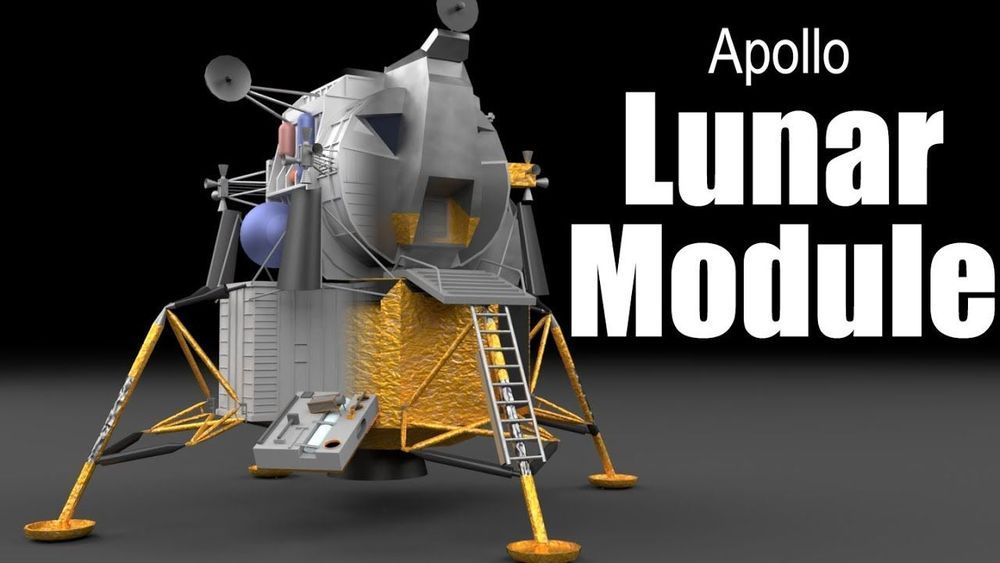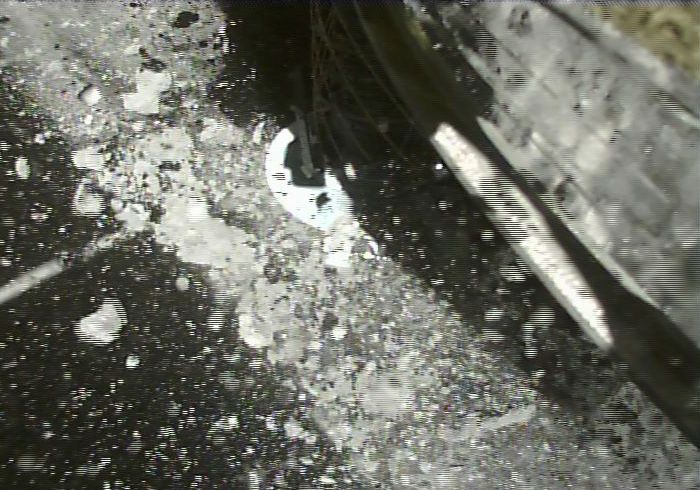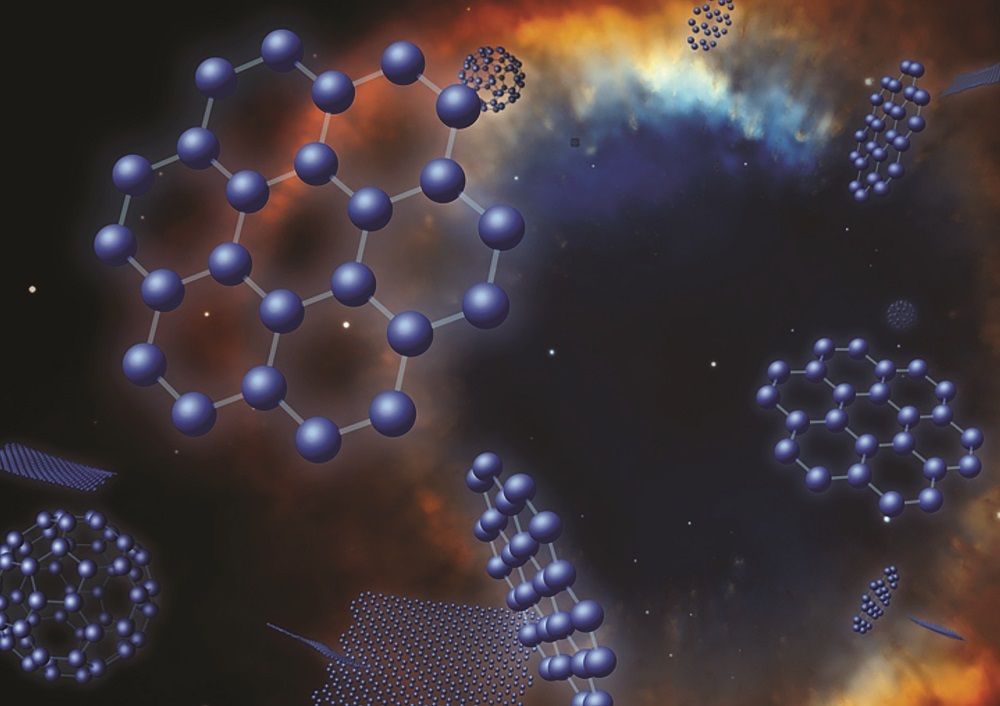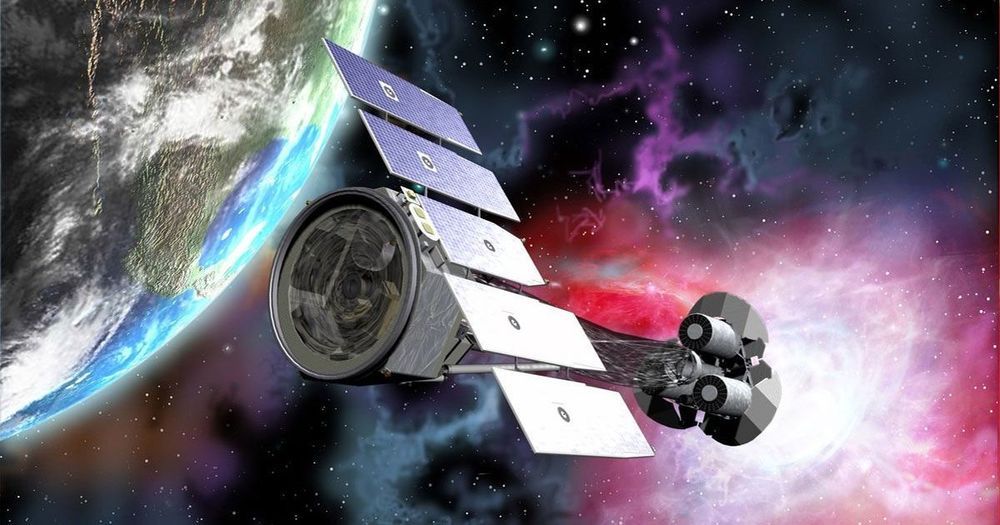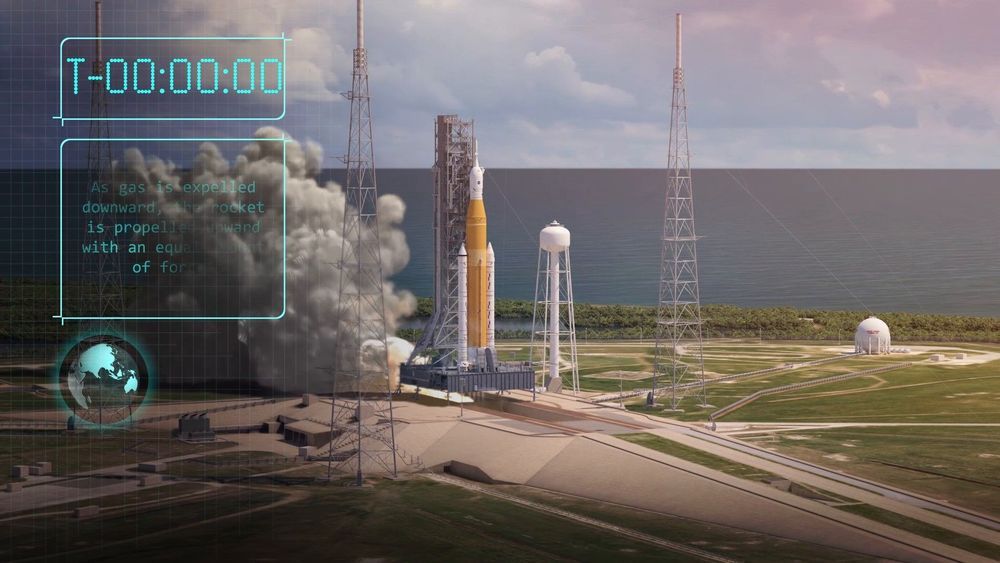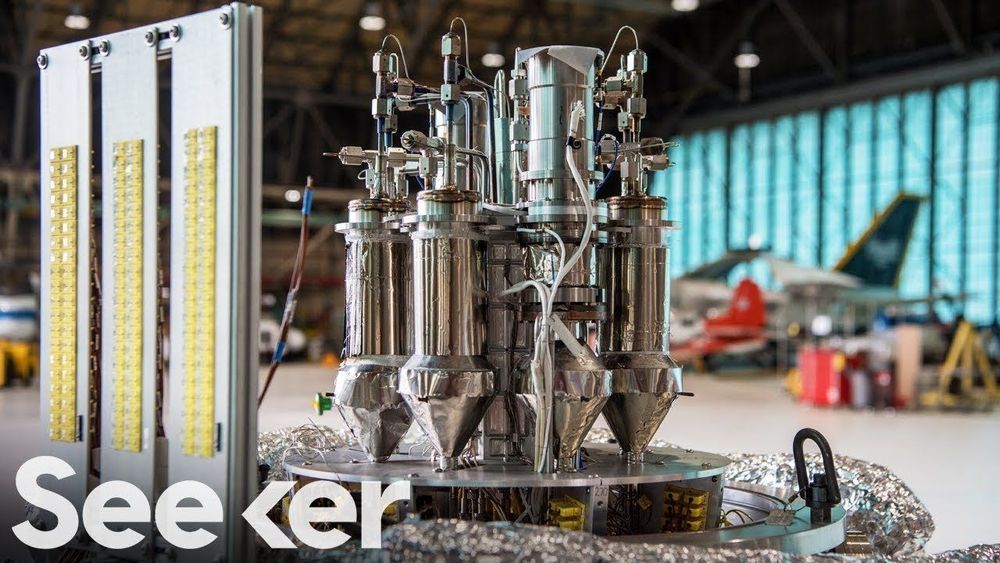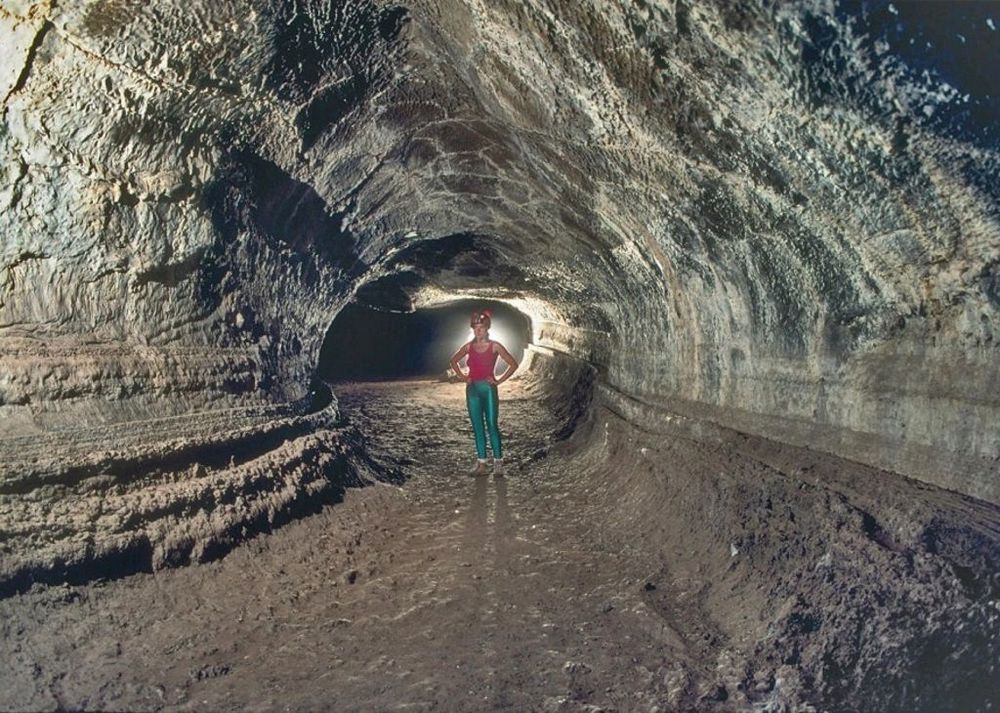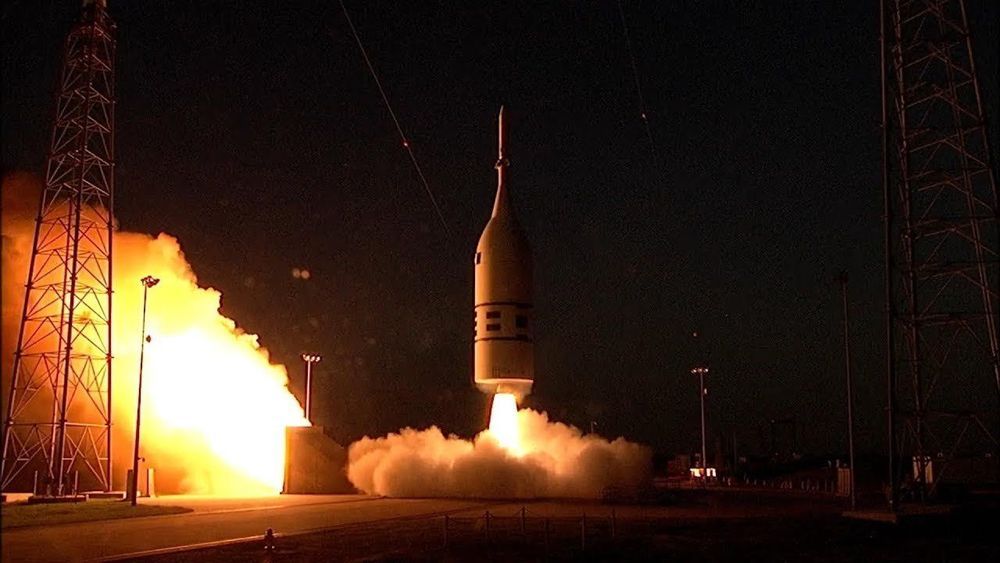Thanks to Audible for sponsoring today’s video. Get your free 30 day trial, one free audiobook, and 2 audible originals here! http://www.audible.com/jaredowen OR text “jaredowen” to 500 500.
The Apollo Lunar Module was the part of the Apollo Spacecraft that landed on the moon. The LM was split up into two parts — the ascent stage and descent stage. For the landing, both parts went to the surface of the moon. When it’s time the leave only the ascent stage leaves the surface. The descent stage has fuel and oxidizer tanks in the center compartments. Equipment was also stored in the outer corners — these were called quadrants. They stored items such as the Lunar Roving Vehicle, scientific experiments, a camera, and water and oxygen tanks. The ascent stage was where the astronauts lived. It had the controls, two windows, more equipment, a docking hatch, and the engine to leave the lunar surface.
